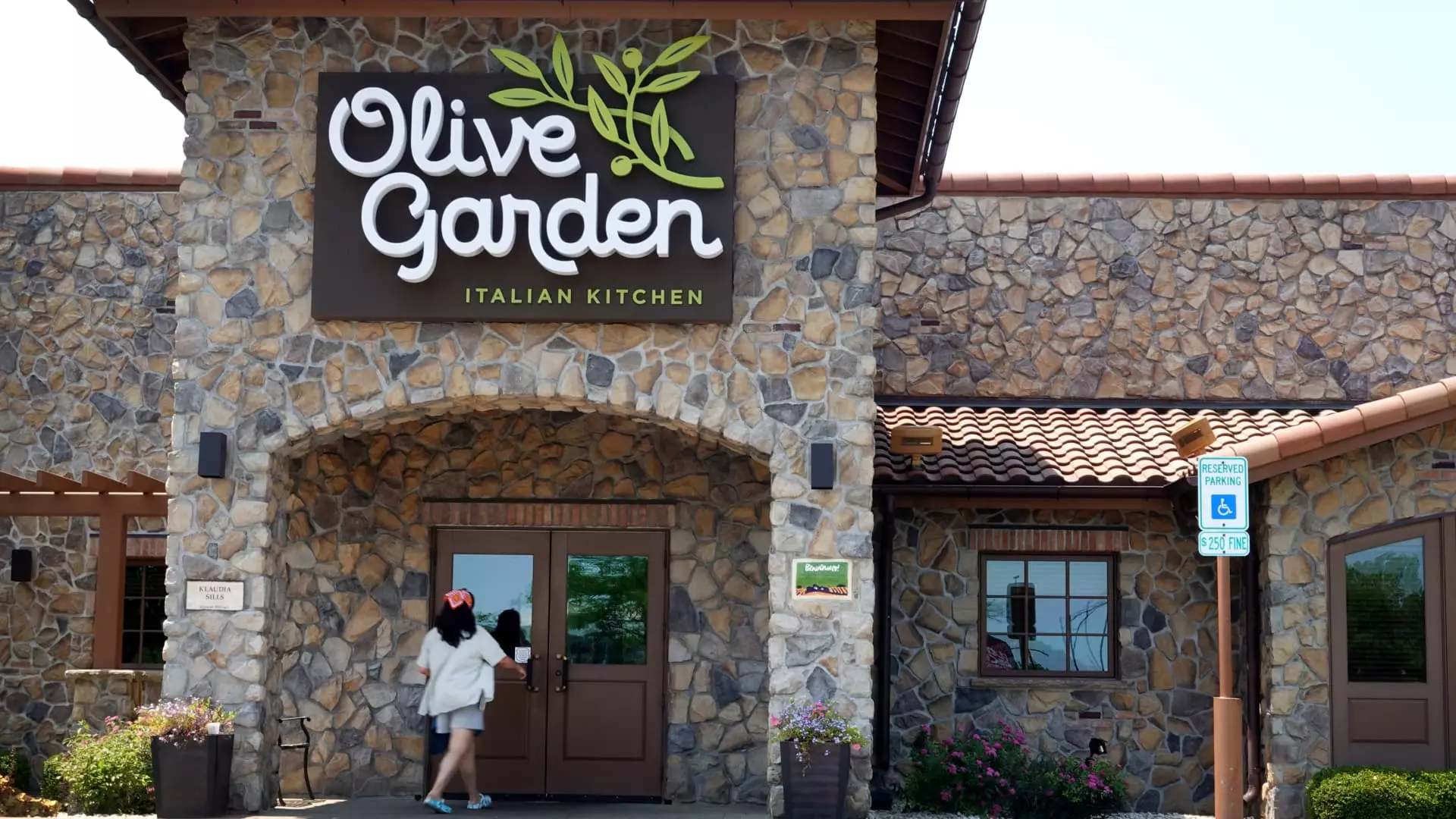Darden Restaurants Faces Challenges but Remains Optimistic About Future Growth

Darden Restaurants recently released its quarterly earnings, revealing results that fell short of market expectations. The company reported earnings per share (EPS) of $1.75, adjusted for one-off costs, while analysts had predicted $1.83. Furthermore, Darden’s revenue was reported at $2.76 billion, below the anticipated $2.8 billion. This underperformance has raised eyebrows among investors and analysts who closely monitor the volatile restaurant industry, particularly in the wake of seasonal fluctuations and changing consumer habits.
Despite these challenges, CEO Rick Cardenas remains optimistic about the resilience of Darden’s business model. He acknowledged that the company’s earnings did not meet expectations, but emphasized confidence in the strategic measures being implemented across its brands. His assurance indicates a steadfast commitment to customer satisfaction and long-term growth, emphasizing that immediate needs will not detract from the company’s overarching objectives. This perspective may help mitigate concerns among stakeholders, showcasing a long-term vision rather than a short-term fix.
Factors Influencing Sales Declines
A closer examination of Darden’s performance reveals that the company is grappling with broader industry trends impacting restaurant attendance. The current economic climate has evidently fostered an environment where consumer spending is shifting due to heightened caution and shifting priorities. For instance, Olive Garden experienced a significant downturn with a 2.9% decline in same-store sales. Such downturns in customer traffic were echoed by executives from other restaurants, who also cited reduced footfall during the peak summer months, plausibly attributed to increased travel and a general wariness among diners regarding discretionary spending.
Darden’s fine-dining segment faced even steeper challenges, with same-store sales decreasing by 6%. The company’s strategy to revive customer interest by reviving promotions such as the much-loved Never Ending Pasta Bowl aims to counteract these declines. However, the effectiveness of such initiatives remains to be seen, especially given the shifting consumer paradigm that underscores today’s dining decisions.
Optimism Amid Struggles
In stark contrast to the overall downtrend, LongHorn Steakhouse has emerged as a bright spot within Darden’s portfolio, reporting a notable increase in same-store sales of 3.7%. This performance highlights the potential for selective brands within the Darden umbrella to thrive despite overarching sales challenges. The disparity in performance among various segments offers insights into consumer preferences and suggests that demonstrating value and quality could lead to increased patronage.
Moving forward, Darden Restaurants has reassured investors by maintaining its full-year forecast. Expected EPS for fiscal 2025 ranges between $9.40 to $9.60, with projected net sales of $11.8 billion to $11.9 billion. This optimistic outlook suggests that while the company must confront immediate challenges, its leadership remains confident in its capacity to meet long-term growth objectives. The resilience displayed in the face of fluctuating sales serves as a testament to Darden’s commitment to navigating the complexities of the dining industry, even in turbulent times.





